The first Arm processor was created in Cambridge in 1985. From humble origins and with limited resources, the ARM1 was designed to power the new Acorn Archimedes computer systems. The ARM1 featured 6,000 gates, while modern Arm processors feature more than 100 million. Similarly, the popularity of the "exceptionally power-efficient" Arm architecture has scaled incredible heights. At the latest count there have been more than 250 billion Arm chips shipped, in devices spanning sensors, and smartphones, to datacenters and beyond.
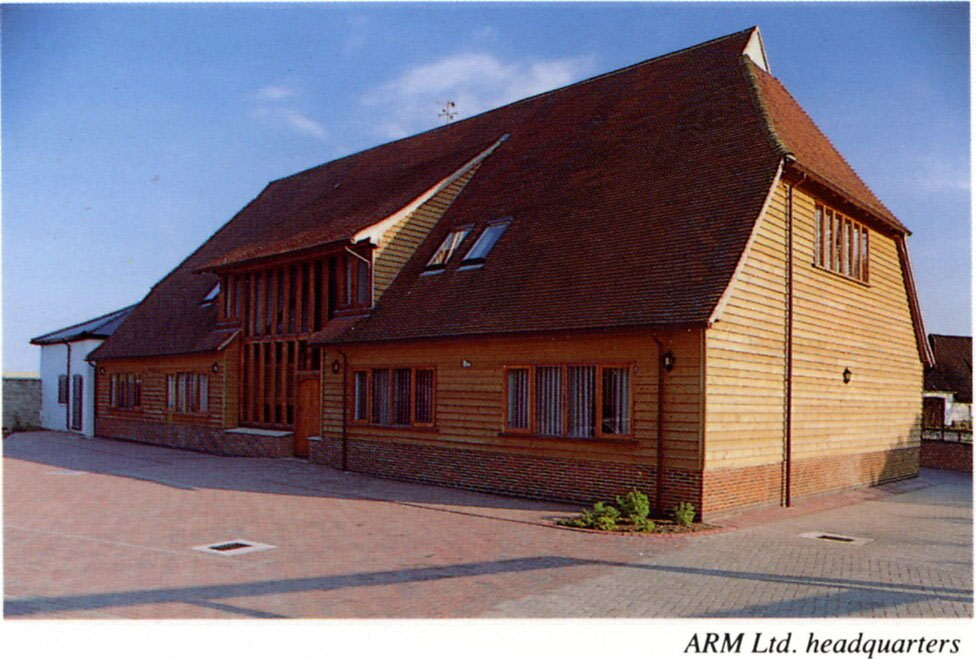
From the ARM Ltd turkey barn
Acorn wanted to create an ambitious follow-up to the BBC Micro, which used an 8-bit processor with a 16-bit address bus, namely the MOS Technology 6502 microprocessor. Just two engineers, Sophie Wilson and Steve Furber, were tasked with this job.
Arm admits that the signature quality of its chips – their energy efficiency – was driven out of frugal necessity. Apparently, the firm couldn't afford ceramic chip packaging at the time of the processor's inception. Thus, the designers had to be very strict about efficiency, so plastic packaging would be acceptable.
The new processor ended up being a pioneering RISC (Reduced Instruction Set Computing) chip, featuring just 6,000 gates and built using 3μm technology. Arm says the result was a "low power, fast, and incredibly energy efficient," processor. Nowadays, Arm chips feature over 100 million gates with graphics acceleration, and multi-core capabilities, and some are built using the latest 3nm fabrication technologies.
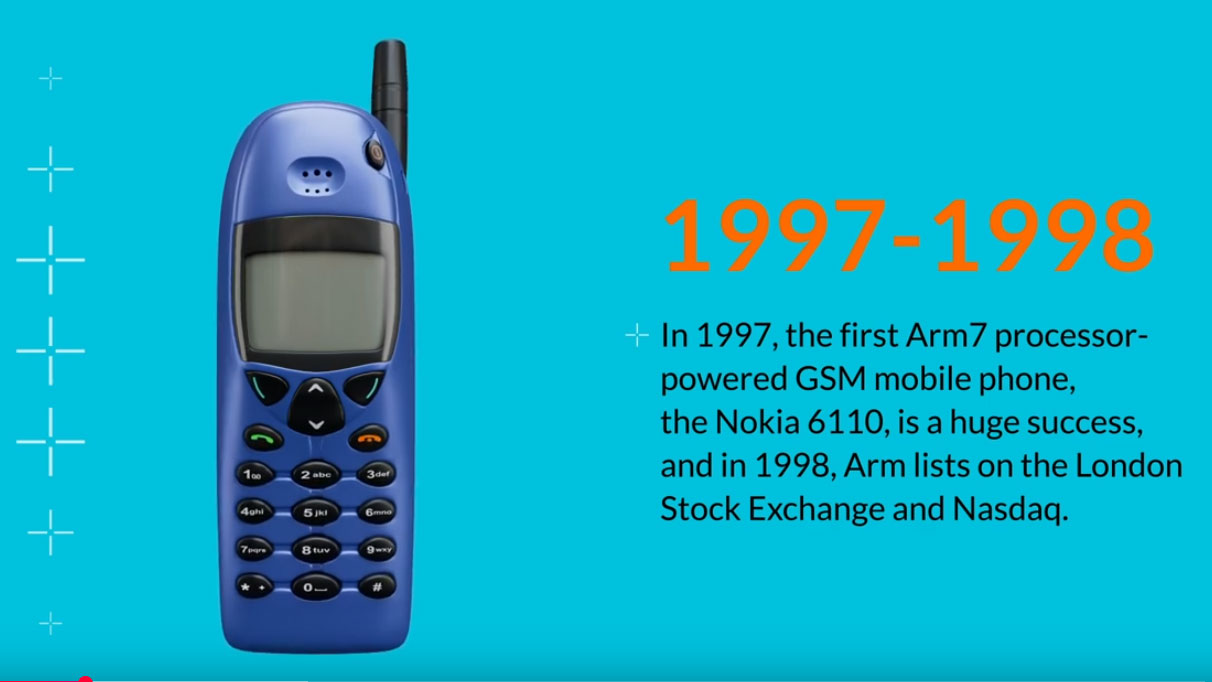
Momentum beyond the home computer niche
Arm chips first made waves outside the UK home and school computing niche in the 1990s. The first notable outside interest came when Apple chose an ARM chip to power its ill-fated Newton MessagePad handheld (1993). Nevertheless, this venture opened other device-makers' eyes to ARM chips.
Towards the end of the 1990s ARM chip sales growth would become explosive as we entered the mobile phone era. Nokia's 6110 was probably the key device to illustrate the promise of the ARM architecture, and it went on to become one of the best-selling mobiles ever.
Thankfully for Arm, its advances in processor generations kept pace with the move from dumb- to smartphones – and beyond, propelling popularity at a breakneck pace.

Today, and the future
More than 250 billion Arm chips have shipped, by the latest count, while the world's population is approximately 110 billion. In its anniversary blog post, Arm takes the mathematical opportunity to quip that "there are literally more ARMs than arms in the world."
Arm is Building the Future of Computing - YouTube

Naturally, Arm insists that its "journey is far from over." It reckons it has a big part to play in the computing paradigms of today and the future. However, tech giants must always be aware that legacies fade, unseen threats and unexpected challengers emerge, and no empire is too big to fall. Arm needs to be acutely aware of open-source movements like RISC-V and the newly energized Chinese tech firms in the not too distant future.
Follow Tom's Hardware on Google News to get our up-to-date news, analysis, and reviews in your feeds. Make sure to click the Follow button.

 6 months ago
109
6 months ago
109
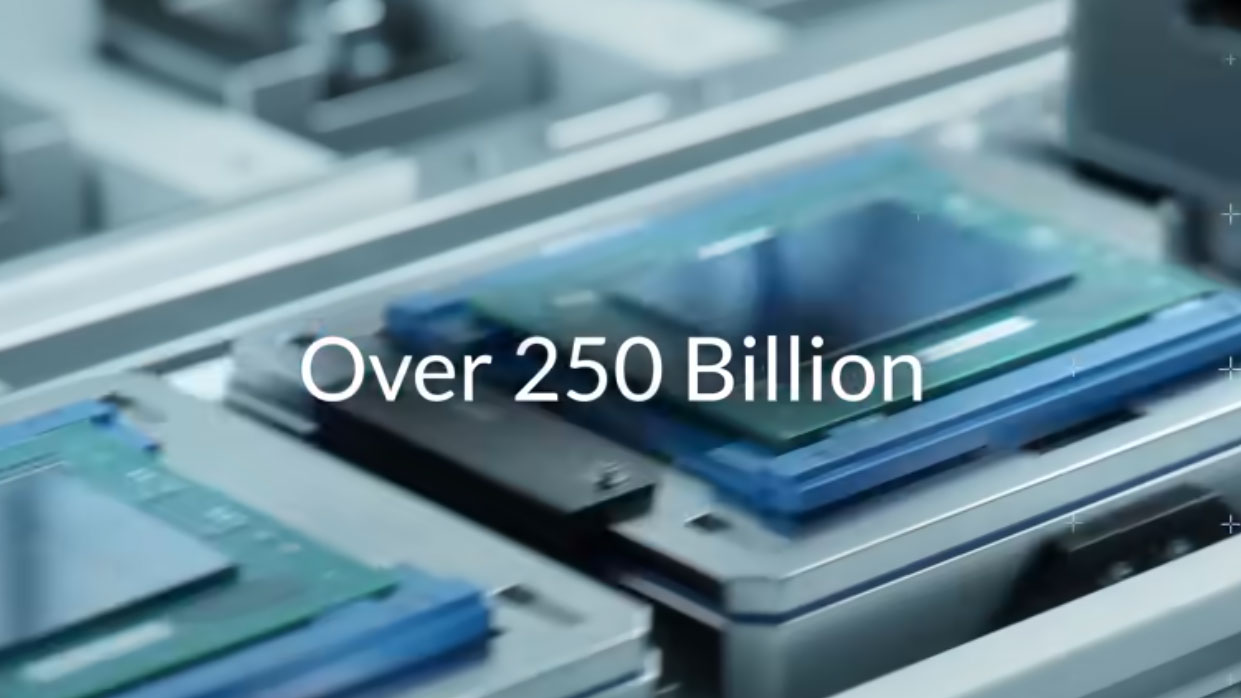
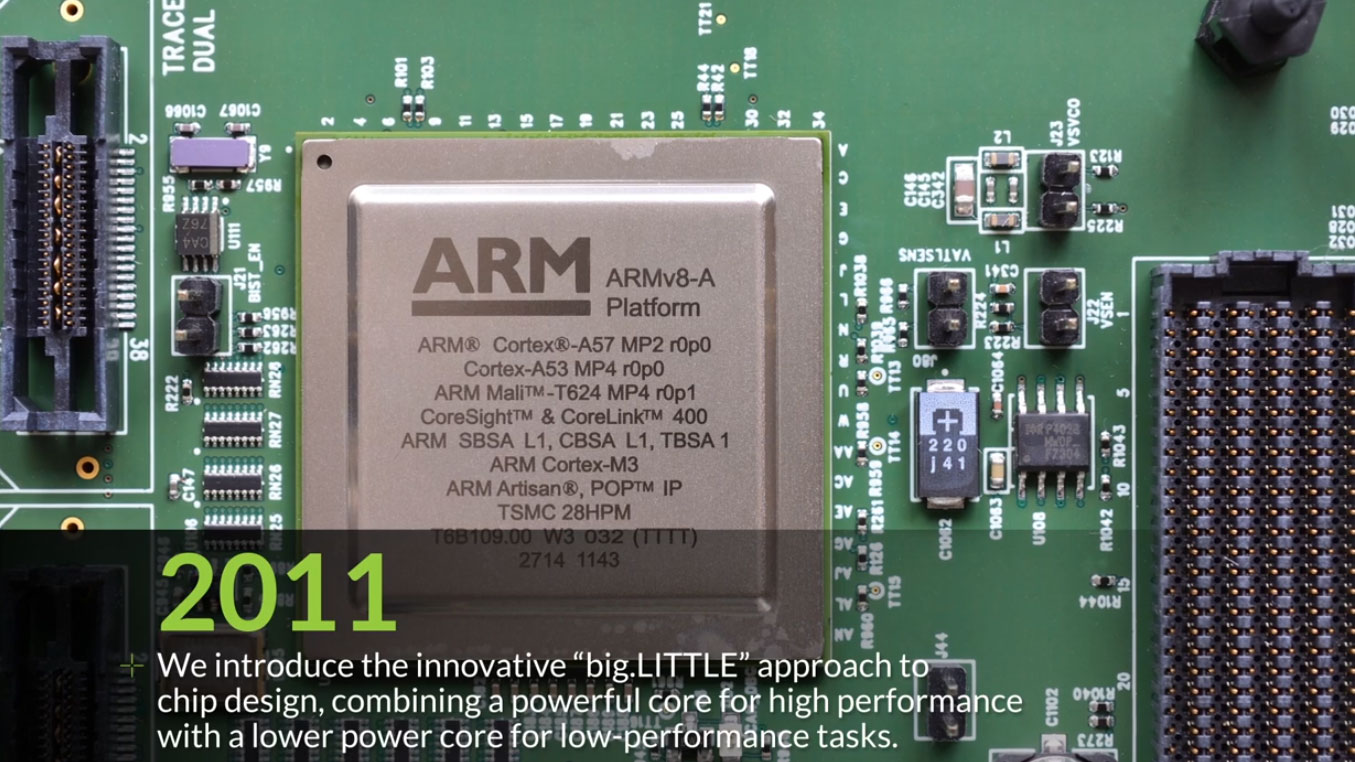
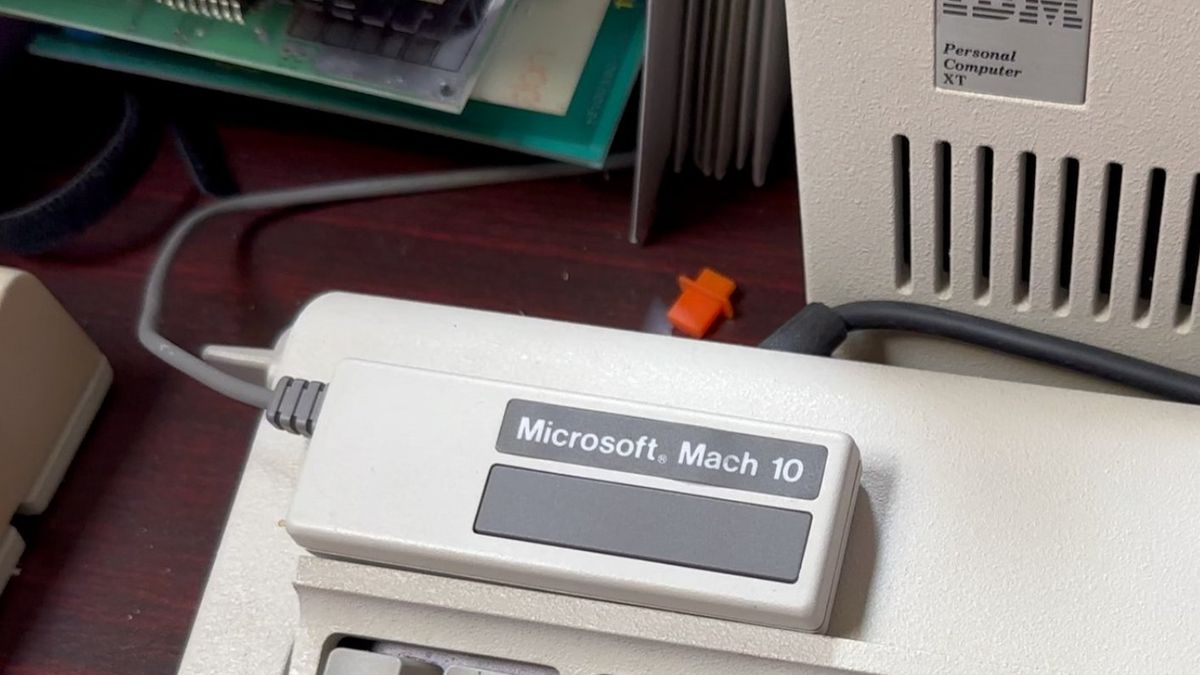


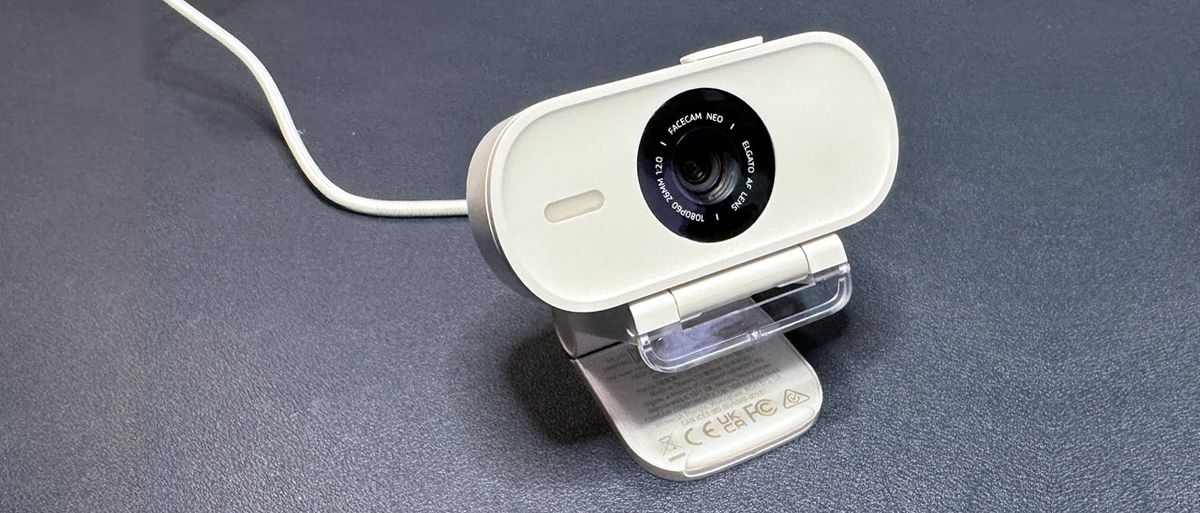





 English (US) ·
English (US) ·